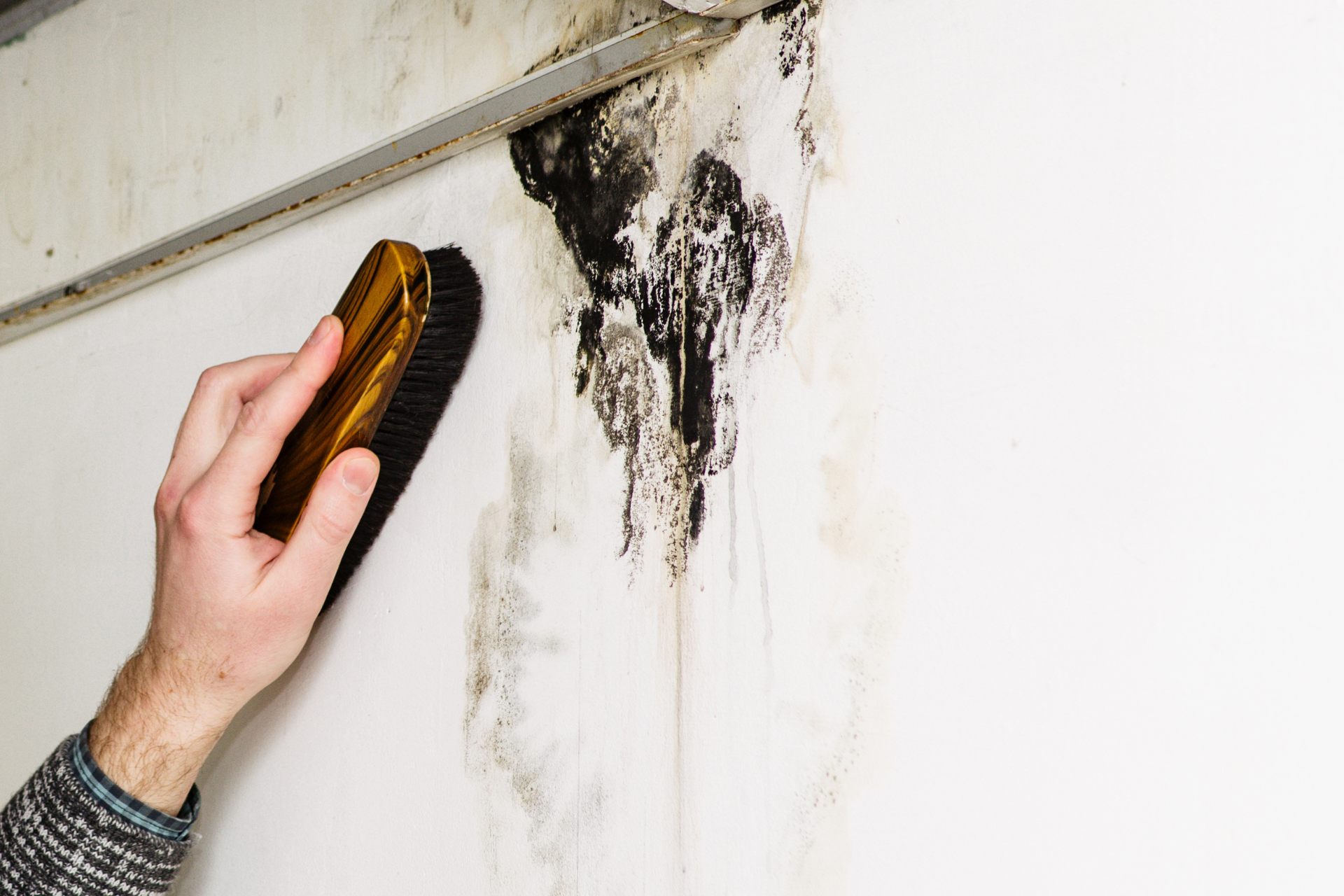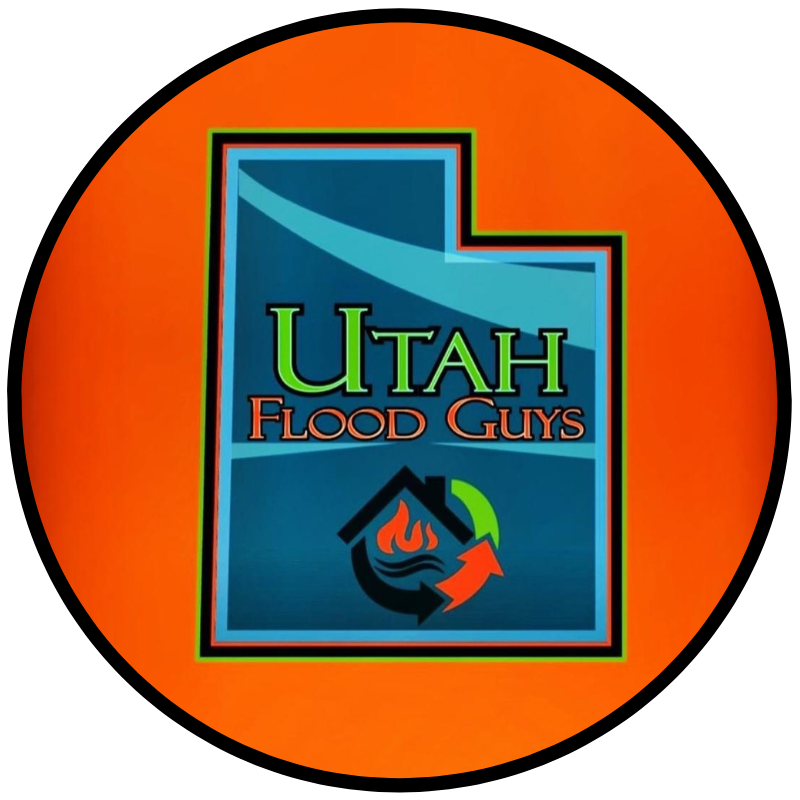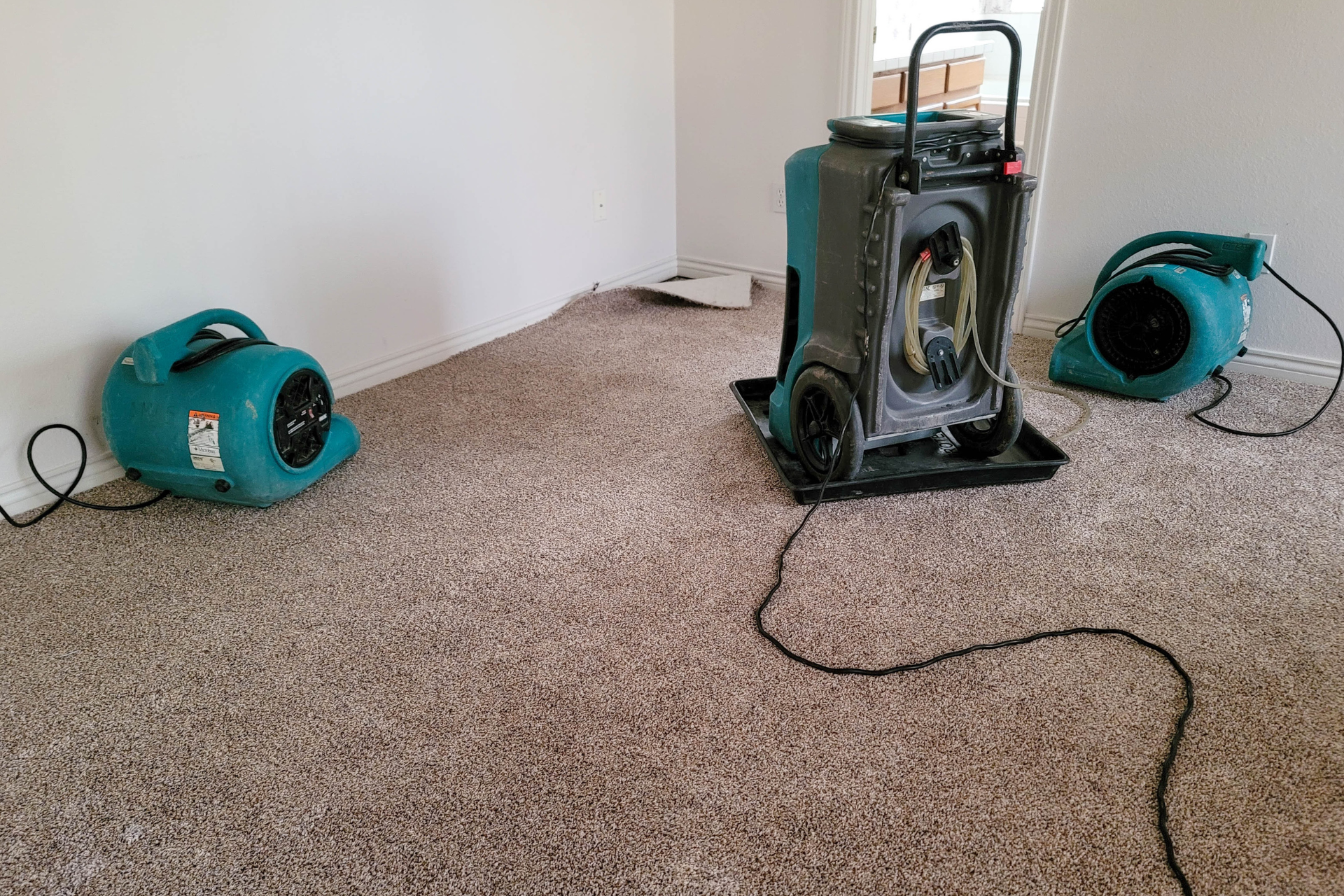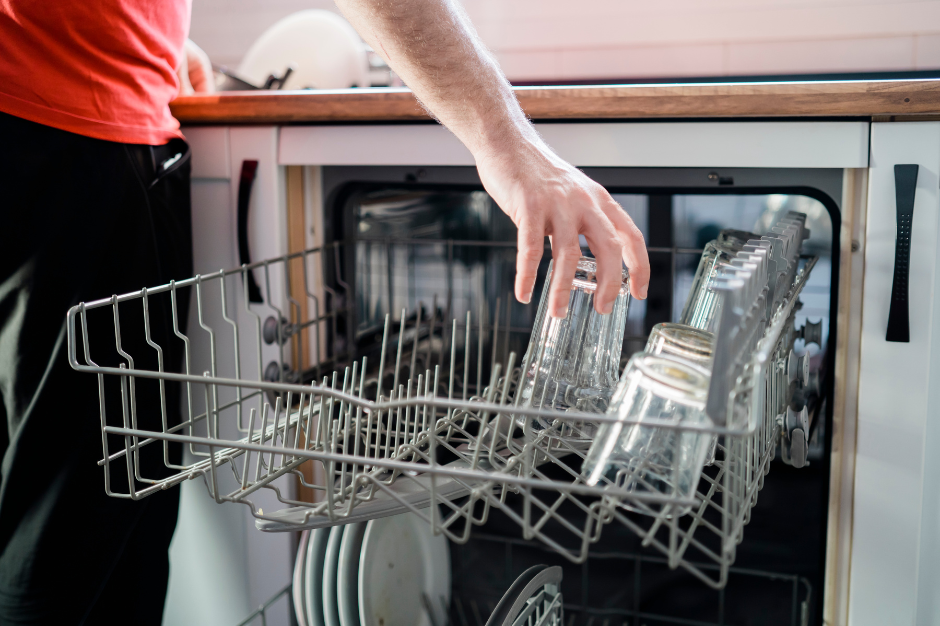Mold After a Flood: How to Prevent and Remove It

Introduction:
When disaster strikes and your home or business is flooded, dealing with the aftermath can be daunting. One of the biggest challenges you may face is the growth of mold in the water-damaged areas. Mold can not only cause structural damage to the property but also pose serious health risks to the occupants. At Utah Flood Guys, we understand the importance of prompt and thorough mold removal after a flood. In this blog post, we will discuss how to prevent mold growth after a flood and the steps to effectively remove it.
Preventing Mold Growth After a Flood:
1. Act Quickly
Time is of the essence when it comes to preventing mold growth after a flood. The longer the water sits, the higher the chances of mold developing. As soon as it is safe to do so, start the drying process to remove all excess water.
2. Remove Wet Items
Any items that have been soaked in the floodwater need to be removed and dried promptly. This includes furniture, carpets, clothing, and other porous materials.
3. Ventilate the Area
Proper ventilation is crucial in preventing mold growth. Open windows, use fans, and dehumidifiers to circulate the air and dry out the affected areas.
4. Clean and Disinfect
After removing the water and wet items, clean and disinfect all surfaces with a solution of bleach and water. This will help kill any existing mold spores and prevent new growth.
Removing Mold After a Flood:
1. Safety First
Before attempting to remove mold, ensure you are wearing appropriate protective gear such as gloves, goggles, and a mask to prevent exposure to harmful mold spores.
2. Identify the Mold
Different types of molds require different removal methods. If you are unsure about the type of mold present, it is best to contact professionals like Utah Flood Guys for proper identification and removal.
3. Containment
To prevent mold spores from spreading to other areas of the property, seal off the affected area with plastic sheeting and tape.
4. Remove Affected Materials
Any materials that are beyond repair, such as drywall, insulation, or carpeting, should be removed and disposed of properly.
5. Cleanse and Treat
After removing the affected materials, thoroughly clean and disinfect the area using specialized cleaners designed for mold removal.
6. Dry the Area
Once the mold has been removed, it is essential to dry out the area completely to prevent future mold growth. Use fans, dehumidifiers, and proper ventilation to aid in the drying process.
Conclusion:
Dealing with mold after a flood can be a challenging and overwhelming task. However, with the right knowledge and proper techniques, you can effectively prevent and remove mold from your property. Utah Flood Guys are here to help you every step of the way in restoring your home or business after a disaster. Remember, the key to successful mold prevention and removal is acting quickly and efficiently. Stay safe and proactive in protecting your property from the dangers of mold growth.
You might also like
Utah Flood Guys Blog



